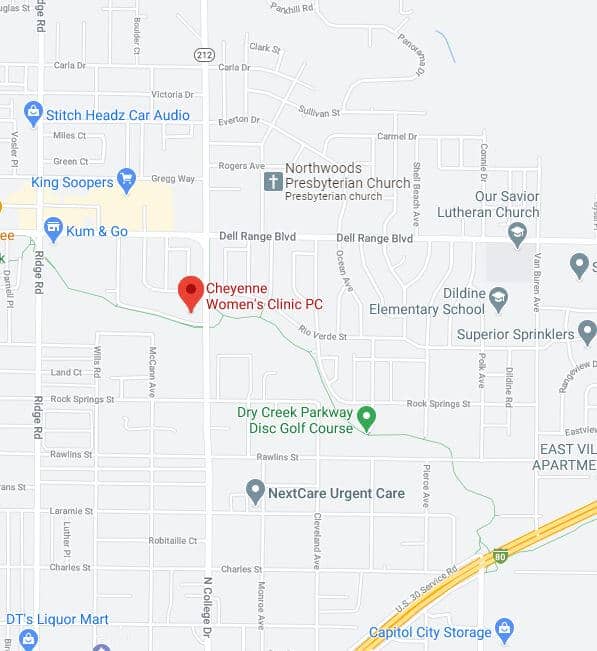Several different antibiotics can be used to treat BV, including metronidazole and clindamycin. They can be taken by mouth or inserted into the vagina as a cream or gel. Sexual partners do not need to be treated.
When metronidazole is taken by mouth, it can cause side effects in some patients. These include nausea, vomiting, and darkening of the urine. Do not drink alcohol when taking metronidazole. The combination can cause severe nausea and vomiting.
BV often recurs. It may require repeated treatment. In some cases, longer treatment for 3 to 6 months may be needed.






